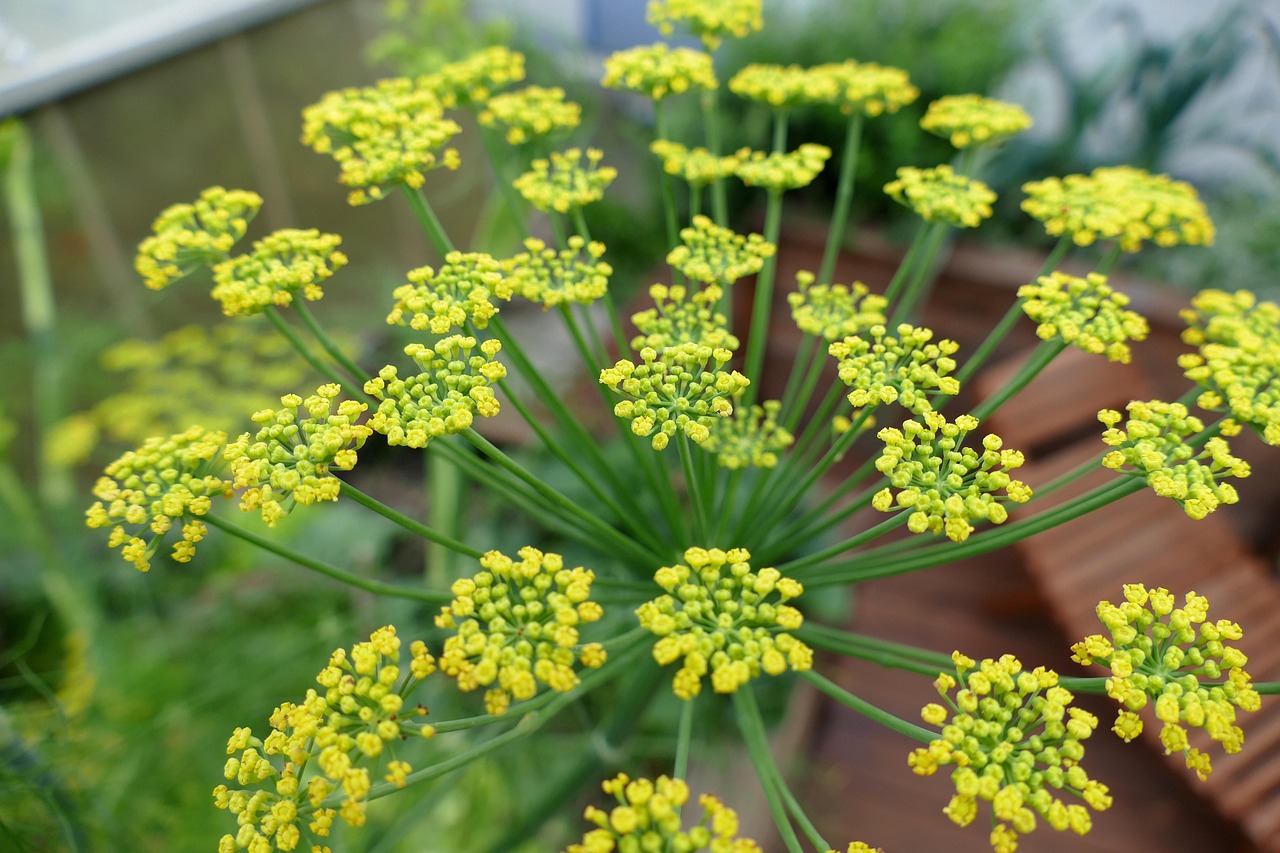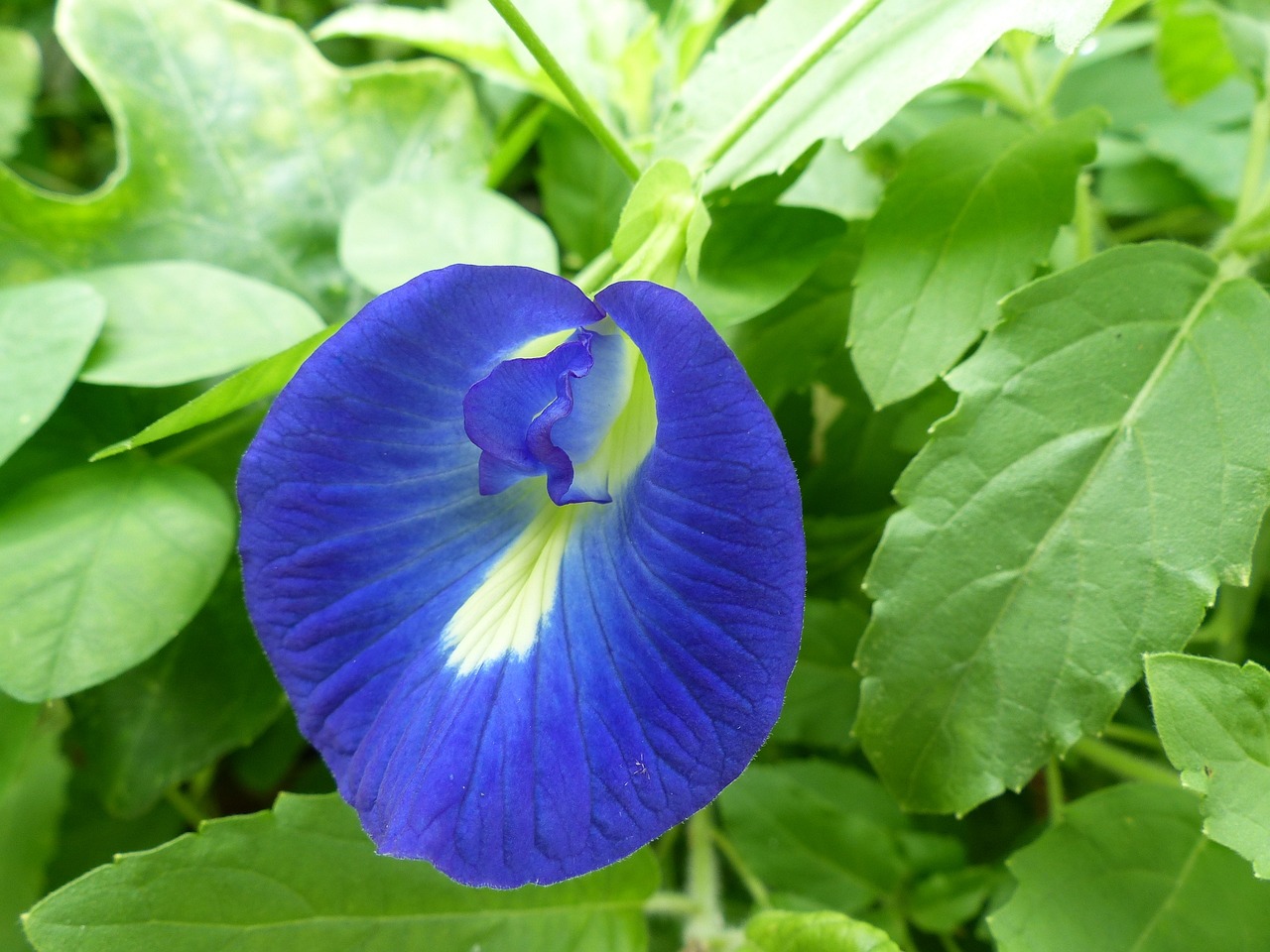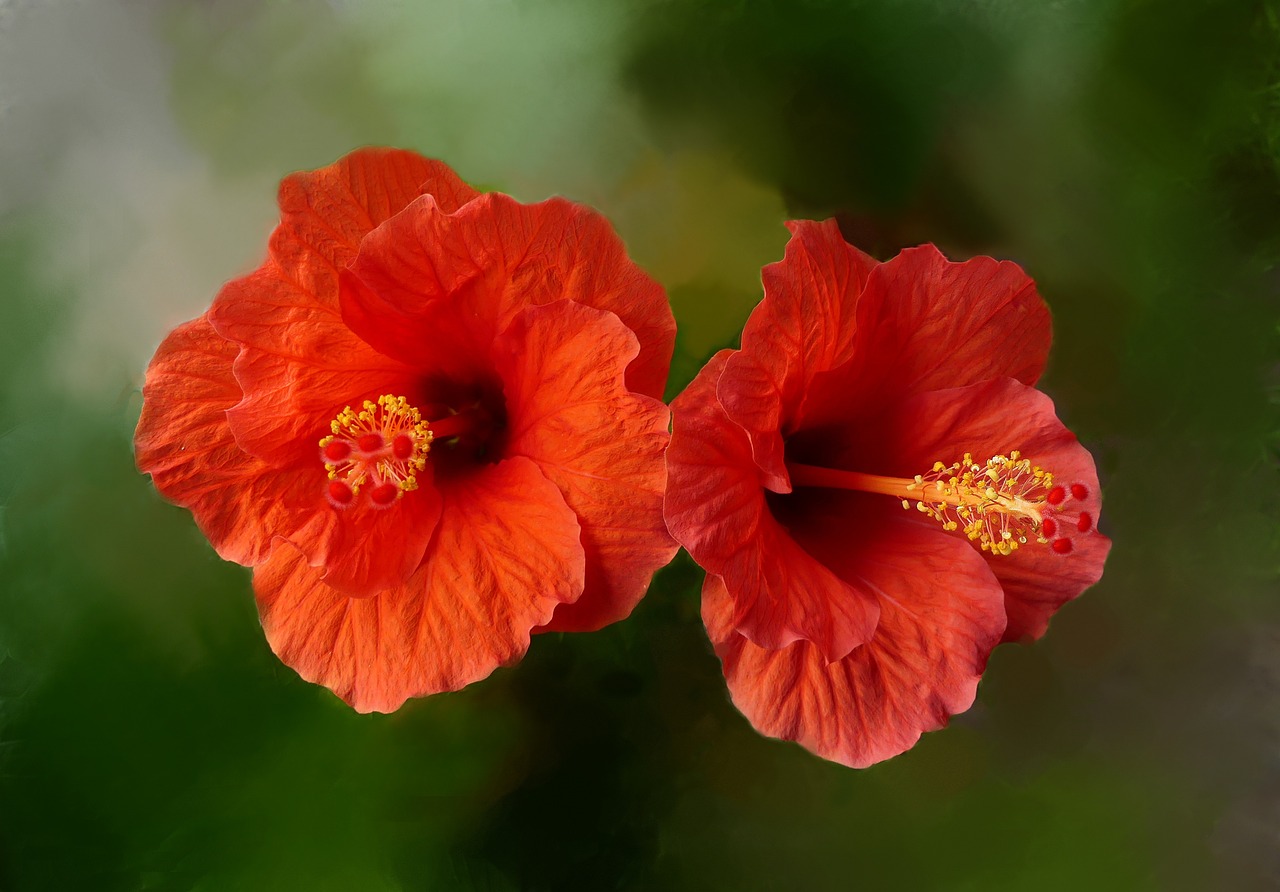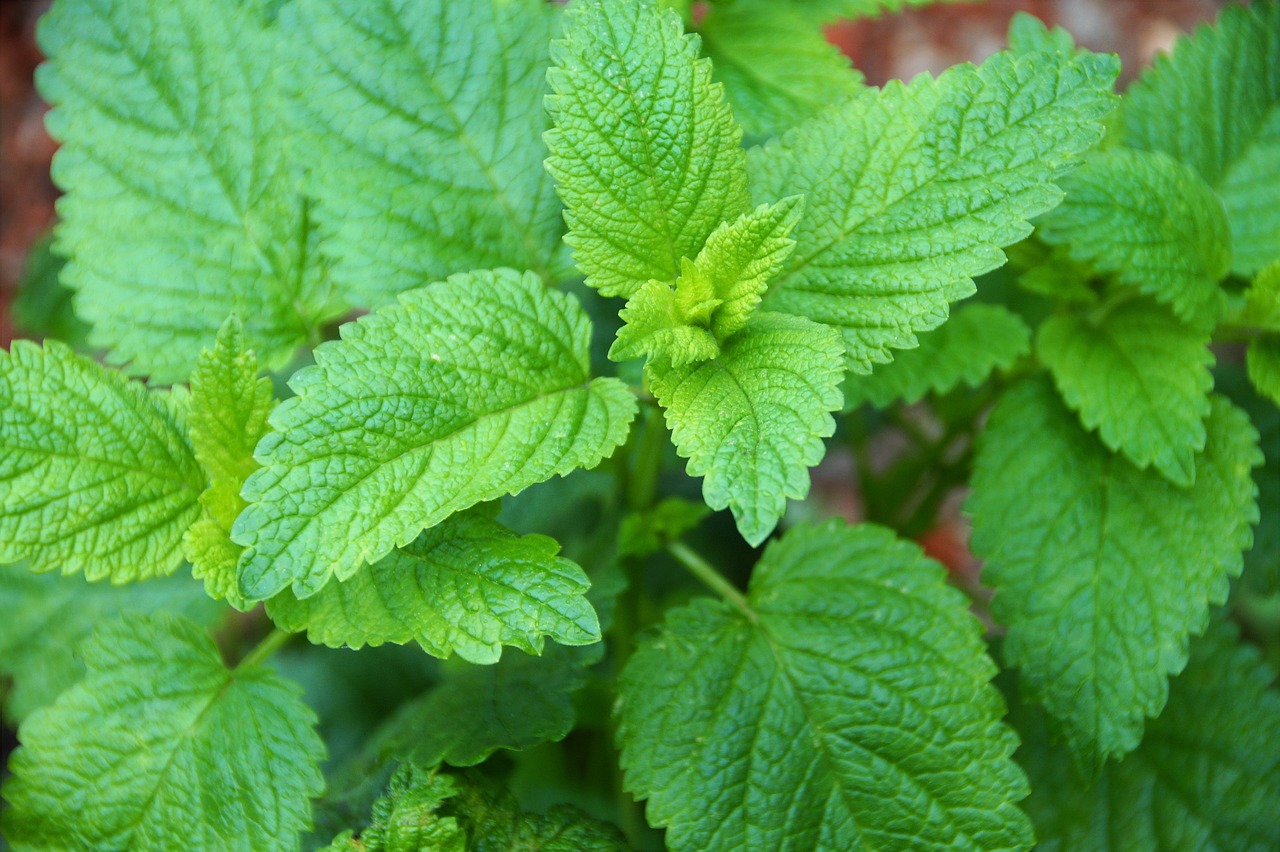Lady’s Mantle | The Green Mystery Living in Herb Gardens and Folklore
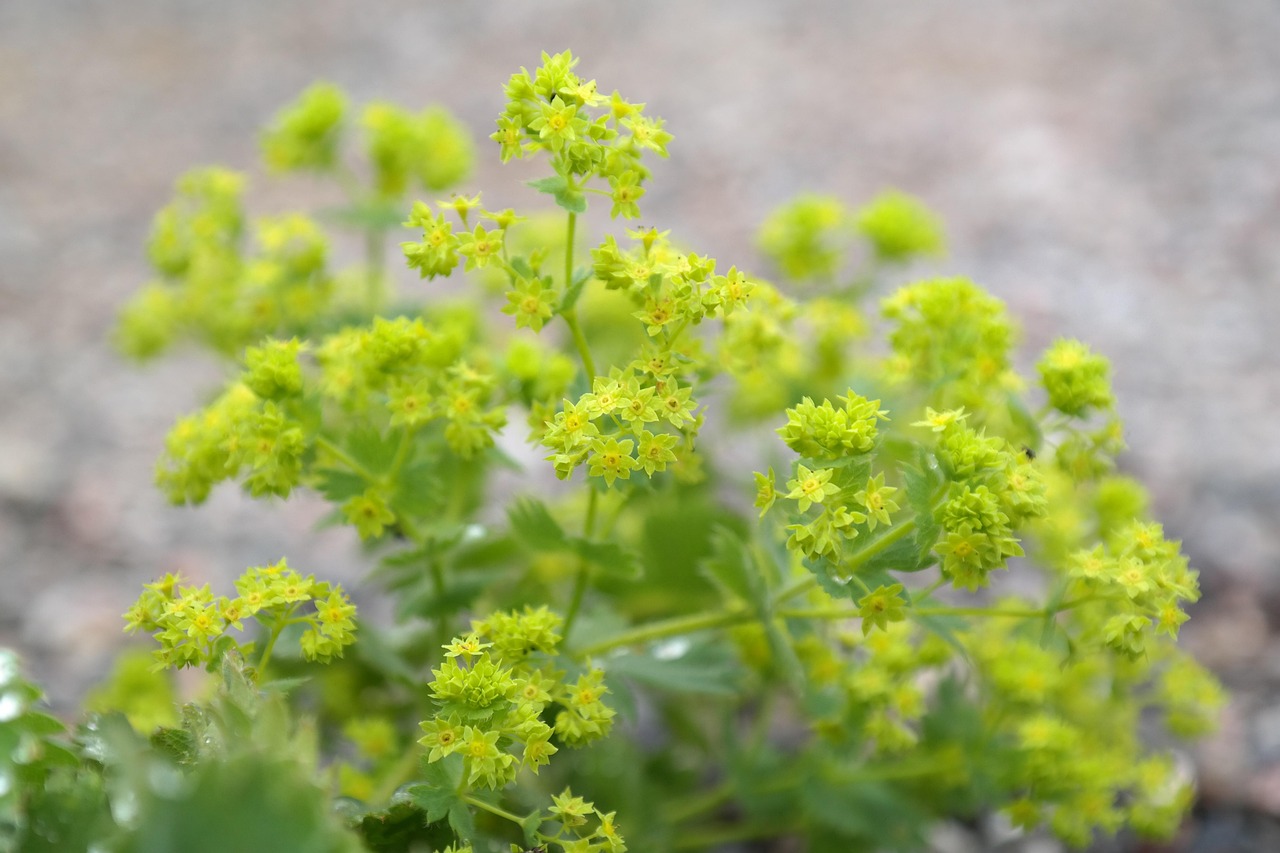
Lady’s Mantle is a perennial plant characterized by its soft leaves and delicate yellow-green flowers. Because morning dew and raindrops shine beautifully on its leaves, it has long been cherished as a plant with a mystical atmosphere.
In this article, I will explain in detail the basic information, cultural and historical background, and cultivation methods of Lady’s Mantle.
Basic Information
- Scientific name: Alchemilla mollis
- Family: Rosaceae
- Origin: Europe, Western Asia
- Appearance: The rounded leaves are covered with fine hairs, giving them a soft texture to the touch. In early summer, clusters of small yellow-green flowers bloom, creating a delicate and elegant impression.
- Blooming season: From early summer to summer, fluffy flowers appear gracefully.
Cultural Significance Around the World
Lady’s Mantle has been loved for centuries, especially in Europe. Because of its unique leaf shape and its ability to retain water drops, it has been regarded as a flower with mystical meaning.
In European folklore, the morning dew that rests on its leaves was believed to hold purity and magical power.
During the Middle Ages, alchemists collected this dew, calling it “heaven’s drops,” and considered it to possess special powers.
With its soft and graceful form, the plant also came to symbolize “female beauty” and “elegance.”
Even today, Lady’s Mantle remains popular in gardens in England and France, where it is often used in flower beds and border gardens. Its modest and delicate beauty stands out when combined with other flowers, making it widely cherished among gardening enthusiasts.
Historical Episodes
The name Lady’s Mantle originates from medieval Europe, inspired by the leaf shape that resembles a woman’s cloak.
In Latin, it is called Alchemilla, a name related to alchemy. This reflects the special significance the plant held for alchemists, who regarded the droplets on its leaves as sacred and used them in their studies.
In monastery gardens, Lady’s Mantle was often cultivated for ornamental purposes. Monks admired its beauty and valued it as a plant that adorned their gardens.
In 16th-century Europe, it was also incorporated into aristocratic gardens, where the delicate flowers and soft leaves were treasured for creating an elegant atmosphere.
Gardening Advice
Lady’s Mantle is hardy and easy to grow. To enjoy its beautiful leaves and flowers, it is important to provide suitable conditions.
Sunlight
It adapts to a wide range of environments from partial shade to full sun. However, strong direct sunlight may damage the leaves, so a location with afternoon shade is ideal.
Watering
Avoid overwatering, but provide sufficient moisture when the soil becomes dry. Be especially careful in summer, as excessive dryness slows leaf growth.
Soil
Prefers well-drained soil. Fertile soil enriched with leaf mold enhances the beauty of the foliage.
Fertilizer
Apply slow-release fertilizer during the growing season, but avoid overfertilization, which can cause the leaves to become too elongated.
Pruning
After flowering, lightly trim the entire plant to encourage fresh leaf growth and maintain an attractive appearance.
Conclusion
Lady’s Mantle is a perennial plant admired for its graceful leaves and fluffy flowers.
In Europe, the dew collected on its leaves was believed to hold magical powers and was given special significance in alchemy and folklore. It was also planted in monastery and aristocratic gardens, where its delicate beauty was highly valued.
By providing sunlight and well-drained soil, you can fully enjoy the unique texture of its leaves and the elegance of its flowers.

